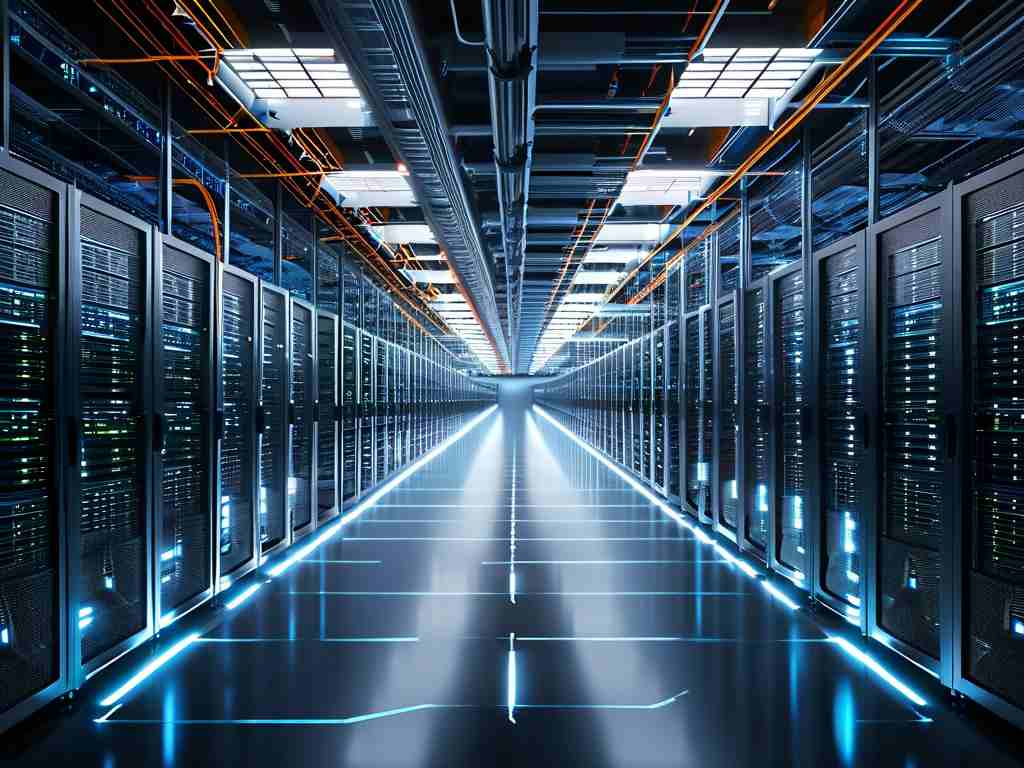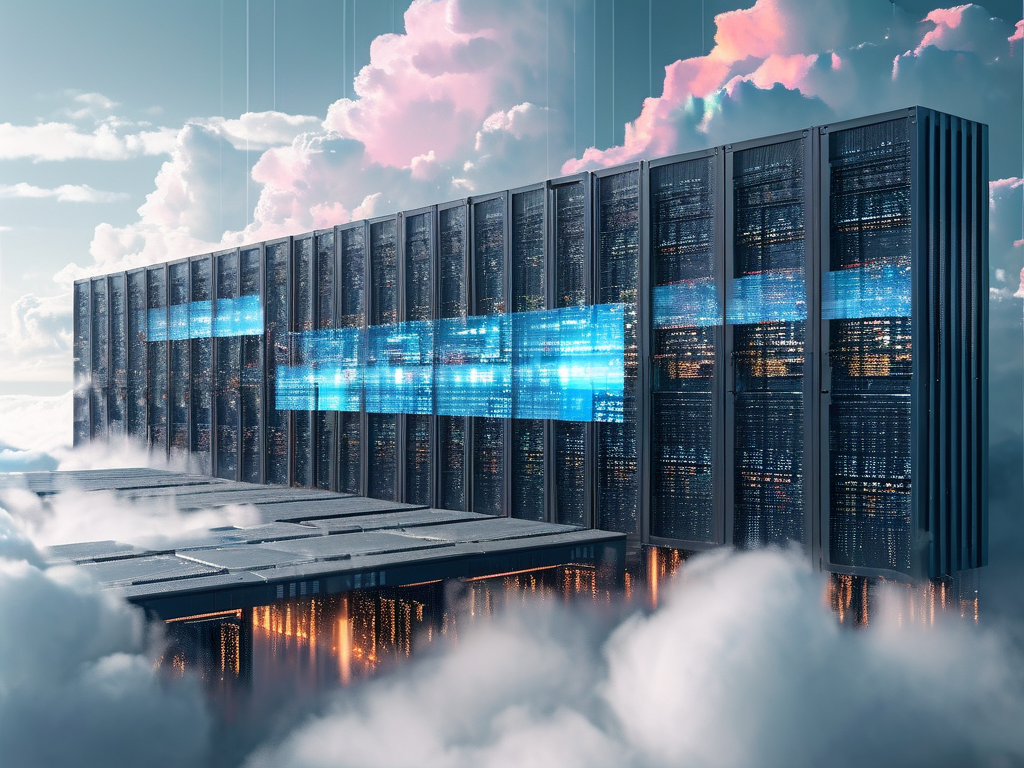In the rapidly evolving landscape of technology, distributed computer architecture has emerged as a cornerstone for building scalable, resilient, and efficient systems. Unlike traditional centralized architectures, distributed systems leverage multiple interconnected nodes to achieve goals that single machines cannot. This article explores the key advantages of distributed computer architecture, highlighting its transformative impact on industries ranging from cloud computing to blockchain.

1. Enhanced Scalability
One of the most significant advantages of distributed architecture is its ability to scale horizontally. In a centralized system, scaling often requires upgrading hardware (vertical scaling), which is costly and has physical limitations. Distributed systems, however, allow organizations to add more nodes to the network as demand grows. For example, cloud service providers like Amazon Web Services (AWS) use distributed architectures to dynamically allocate resources, ensuring seamless performance during traffic spikes. This elasticity is critical for modern applications such as e-commerce platforms, streaming services, and IoT ecosystems, where user demand can fluctuate unpredictably.
2. Improved Fault Tolerance and Reliability
Distributed systems are inherently resilient. By decentralizing data and processing across multiple nodes, they reduce the risk of a single point of failure. If one node fails, the system can reroute tasks to other nodes, ensuring continuity. This fault tolerance is vital for mission-critical applications like financial systems, healthcare databases, and air traffic control. Technologies like data replication and consensus algorithms (e.g., Paxos or Raft) further enhance reliability. For instance, blockchain networks use distributed ledgers to maintain data integrity even if individual nodes are compromised.
3. Geographic Distribution and Low Latency
Distributed architectures enable organizations to deploy nodes closer to end-users, reducing latency and improving user experience. Content Delivery Networks (CDNs), such as Akamai or Cloudflare, cache data in geographically dispersed servers, ensuring faster access to websites and streaming content. Similarly, global enterprises use distributed databases to serve regional offices with minimal delay. This geographic distribution also supports compliance with data sovereignty laws, as sensitive information can be stored within specific jurisdictions.
4. Resource Sharing and Cost Efficiency
By pooling resources across nodes, distributed systems optimize hardware utilization. Idle compute power or storage in one node can be allocated to another, reducing waste. This shared-resource model underpins cloud computing, where users pay only for what they consume. Startups and small businesses benefit significantly, as they avoid upfront investments in expensive infrastructure. Additionally, distributed architectures reduce energy consumption by distributing workloads efficiently, aligning with sustainability goals.
5. Parallel Processing and High Performance
Distributed systems excel at parallelizing tasks. Complex computations, such as machine learning training or big data analytics, can be split into subtasks and processed simultaneously across nodes. Frameworks like Apache Hadoop and Apache Spark leverage this capability to handle petabytes of data in real time. For example, scientific research projects, such as climate modeling or genomic sequencing, rely on distributed computing clusters to accelerate discoveries that would take years on a single machine.
6. Flexibility and Modular Development
Distributed architectures promote modular design, allowing teams to develop, deploy, and update components independently. Microservices, a popular distributed design pattern, enable organizations to build applications as a suite of loosely coupled services. This flexibility speeds up development cycles and simplifies maintenance. Companies like Netflix and Uber use microservices to roll out features rapidly without disrupting entire systems.

7. Support for Decentralized Innovation
Finally, distributed architectures empower decentralized ecosystems. Blockchain technology, decentralized finance (DeFi), and peer-to-peer networks (e.g., BitTorrent) thrive on distributed principles, eliminating reliance on central authorities. This democratization fosters innovation, transparency, and user control-key drivers in today's digital economy.
The advantages of distributed computer architecture-scalability, reliability, low latency, cost efficiency, and more-make it indispensable in addressing the complexities of modern computing. As technologies like 5G, edge computing, and AI continue to advance, distributed systems will play an even greater role in shaping the future of digital infrastructure. Organizations that adopt these architectures today position themselves to thrive in an increasingly interconnected and data-driven world.









